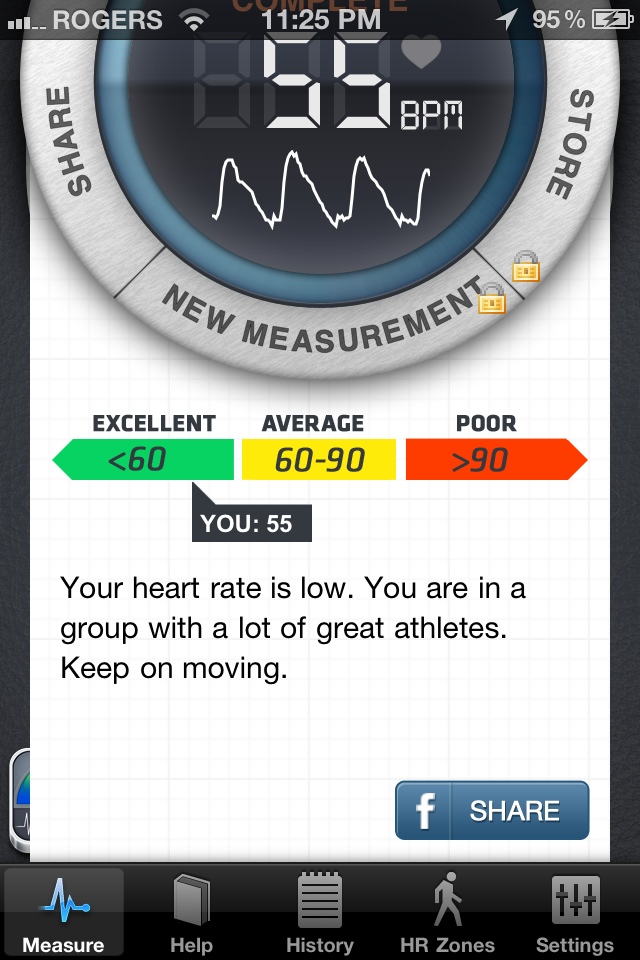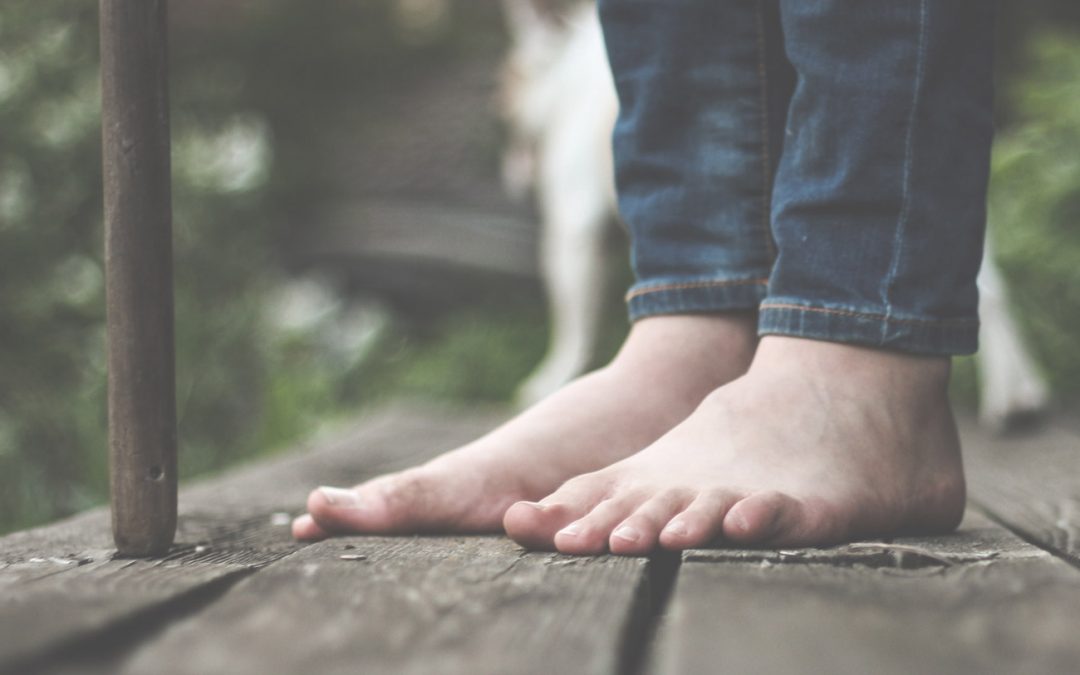The Anteriorly Tilted Pelvis
This post was written by Go! Physio Kinesiologist, Steve Dempster.
The pelvis has several important functions. Its primary role is to support the weight of the upper body when sitting and to transfer this weight to the lower limbs when standing. Your pelvis helps you walk, run, and lift weight off the ground. It also contributes to proper posture.
One of the most common postural dysfunctions affecting a wide range of individuals is an anteriorly tilted pelvis.
When assessing an individual with anterior pelvic tilt we are referring to the posture that results due to tightness/weakness in certain muscle groups of the core and pelvis that cause the pelvis to tilt forward and down.
This can be best viewed from the side. From this view, some things that you will notice include an exaggerated curvature in the lower back (lumbar spine) and possibly, a protruding stomach. In this case, the belly is not protruding because of the individual being overweight (although it might be) but rather because the muscles of the abs are not strong enough to counteract the downward pull of the pelvis.
One of the most common postural dysfunctions affecting a wide range of individuals is an anteriorly tilted pelvis.
In individuals that have been assessed with an anterior pelvic tilt, you will quickly see that the two areas of tightness are the lower back on the posterior side and the hip flexors or iliopsoas on the anterior or front side. The muscles of the hip flexor group can become easily shortened when they are in this flexed seated state for prolonged periods of time. Whether you sit at work all day or just spend long periods of time in front of the computer, watching TV, or even driving, your hip flexors will tend to adaptively shorten. This causes a resultant weakness in the muscles on the opposite side of the joint, the glutes and hamstrings. When this happens the problem can be exacerbated since you don’t have the muscular strength to counteract the anterior and downward pull of the pelvis by the hip flexors.



As compensation for the glutes being weak, the lower back attempts to kick in and help out. It provides extra extension not provided by the glutes and in doing so, compromises its strength and integrity. When combined with the pull of the iliopsoas on the lumbar vertebrae, you get an overly active and tight lower back.
Along with the constant static positioning of the pelvis (sitting), you get a stretch and weakness in the abdominals due to their inactivity. To counteract some of these problems, you need to stretch the hip flexors, strengthen the abs with exercises that don’t over-activate the hip flexors, and strengthen the glutes and hamstrings.
Lastly, when dealing with an anterior pelvic tilt, one thing you do not want to do is stretch your hamstrings. While it is normal to instinctively try and stretch whatever muscles are tight, this would be a mistake in this situation. The hamstring tightness is not causing the anterior pelvic tilt and stretching them will only make the problem worse.

Please remember that this is a general overview, please talk to one of our therapists for an individualized program that will have a step by step attack plan to help you fix this muscle and joint imbalance once and for all.
If you have any questions about avoiding this postural dysfunction and/or some of the corrective exercises (link), then it’s time you got in touch with GoPhysio and talk to your physical therapist and kinesiologist! Please share this article with anyone that works long hours at a desk or suffers from lower back pain. For videos on how to correct poor posture and exercises to help anterior pelvic tilt, be sure to subscribe to our Facebook page and check out our channel on YouTube.
filed in
Latest Articles

Violin Injuries: How to Avoid Spinal Neck and Back Pain When Playing
Musician injuries physiotherapist, Grace Cheung, walks us through a few common postural errors amongst violinists in this video segment, a first of a series of videos related to injury prevention amongst musicians.

4 Things You Can Do for Neck and Back Pain
Physiotherapists at Go! have invested years of post-graduate training in the assessment and treatment of neck and back pain. Whether you struggle with a brand new injury or a chronic problem, our physiotherapists will perform a biomechanical assessment of your spine to determine the causes of the back pain.

What is Plantar Fasciitis?
Plantar fasciitis is a painful inflammation of the plantar fascia – a thick, fibrous band of connective tissue in the sole of the foot that supports the arch of the foot.

Mastectomy Physiotherapy: What It Is and How it Can Improve Your Recovery
Approximately 2,800 women are diagnosed with breast cancer each year. Of these, many will require mastectomy surgery and lymph node excision for biopsy and analysis.
Unlock Your Body’s Strength and Mobility Today
Book Online
Current patient? New, but know exactly what you’re looking for?
Contact Us
Never tried physiotherapy? Not sure where to start? Our friendly staff will guide you towards the best treatment for your situation.
Call: 604-568-4628
Email: go@gophysiotherapy.ca
